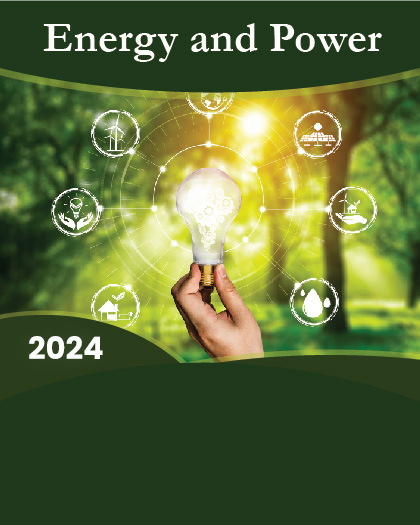
Artificial lift refers to the use of manual methods to increase the flow of liquid (eg, crude oil or water) from a production well. Typically, this is achieved by using a mechanical device (called a pump or velocity column) in the well or by injecting gas into the liquid at a distance down the well to reduce the weight of the still water column. A new method called continuous belt transport (CBT) uses oil absorbing belts to extract from edge and idle wells. Artificial lift is required in wells when the pressure in the reservoir is not sufficient to lift the produced fluid to the surface, but is often used in naturally flowing wells (technically not needed) to increase the flow rate above natural flow. Flow rate. The fluid produced can be oil, water or a mixture of oil and water, usually mixed with a quantity of gas.
The natural decline in reservoir energy will affect the flow of oil, gas or water, resulting in instability and a drop in production. Artificial lifts are used for petroleum-based or liquid-loaded gas systems to increase and stabilize hydrocarbon production and minimize flow assurance and operational risks, such as slugs in subsea production systems. The artificial lifting method transfers energy to the generated fluid in order to reduce fluid density and head pressure or increase flow pressure. The three most commonly used artificial lifting methods in the seabed environment include: gas lift, subsea boost, electric submersible pump.
Any reservoir of fluid production creates reservoir pressure: a certain amount of energy or potential forces the fluid (liquid, gas, or both) into areas of lower energy or potential. This concept is similar to the water pressure in the municipal water supply system. Once the pressure in the production well is reduced below the reservoir pressure, the reservoir acts as a filling well, just like opening a valve on a water system. Depending on the depth of the reservoir and the density of the fluid, the reservoir may or may not have sufficient potential to push the fluid towards the surface - deeper wells or heavier mixtures result in higher pressure requirements.
This report elaborates the market size, market characteristics, and market growth of the Subsea Artificial Lift Systems industry, and breaks down according to the type, application, and consumption area of Subsea Artificial Lift Systems. The report also conducted a PESTEL analysis of the industry to study the main influencing factors and entry barriers of the industry.
In Chapter 3.4 of the report, the impact of the COVID-19 outbreak on the industry was fully assessed. Fully risk assessment and industry recommendations were made for Subsea Artificial Lift Systems in a special period. This chapter also compares the markets of Pre COVID-19 and Post COVID-19.
In addition, chapters 8-12 consider the impact of COVID-19 on the regional economy.
Key players in the global Subsea Artificial Lift Systems market covered in Chapter 13:
Tenaris
Lycon
Weatherford
Borets
Baker Hughes
NOVOMET
United Drilling Tools
Epic Lift Systems
General Electric
Multi-Chase Group
Schlumberger
Dover Artificial Lift
Halliburton
JJ Tech
National Oilwell Varco
Superior Energy Services
Flotek Industries
In Chapter 6, on the basis of types, the Subsea Artificial Lift Systems market from 2015 to 2025 is primarily split into:
Electric Submersible Pump System
Progressive Cavity Pump System
Rod Lift
In Chapter 7, on the basis of applications, the Subsea Artificial Lift Systems market from 2015 to 2025 covers:
Oil Wells
Gas Wells
Geographically, the detailed analysis of production, trade of the following countries is covered in Chapter 4.2, 5:
United States
Europe
China
Japan
India
Geographically, the detailed analysis of consumption, revenue, market share and growth rate of the following regions are covered in Chapter 8, 9, 10, 11, 12:
North America (Covered in Chapter 8)
United States
Canada
Mexico
Europe (Covered in Chapter 9)
Germany
UK
France
Italy
Spain
Others
Asia-Pacific (Covered in Chapter 10)
China
Japan
India
South Korea
Southeast Asia
Others
Middle East and Africa (Covered in Chapter 11)
Saudi Arabia
UAE
South Africa
Others
South America (Covered in Chapter 12)
Brazil
Others
Years considered for this report:
Historical Years: 2015-2019
Base Year: 2019
Estimated Year: 2020
Forecast Period: 2020-2025
























